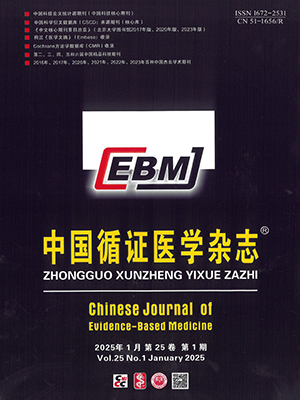Objective To assess the necessity and safety of ureteral stenting after ureteroscopic lithotripsy in treatment of middle and distal ureteral calculi.
Methods We electronically searched MEDLINE, EMbase, Cochrane Library, CBM, VIP and CNKI to collect randomized controlled trials (RCTs) involving men with or without ureteral stenting after ureteroscopic lithotripsy from 2000 to March 2010. The quality of included trials was assessed. Data were extracted and analyzed with RevMan5.0 software.
Results Six RCTs involving 543 patients were identified. The results of meta-analysis showed that: a) There was no statistical difference between two groups in stone clearance rate (RR=0.45, 95% CI 0.98 to 1.01, P=0.15), dysuria rate (RR=1.35, 95% CI 0.99 to 1.84, P=0.06), and hematuria rate (RR=2.12, 95% CI 1.00 to 4.49, P=0.05); b) There was statistical difference between two groups in frequent micturition rate (RR=2.17, 95% CI 1.13 to 4.17, P=0.02), the mean visual analog score 3 days postoperatively (WMD=0.94, 95% CI 0.47 to 1.42, P=0.000?1), and the operation time (WMD=3.57, 95% CI 1.40 to 5.72, P=0.001). Without postoperative ureteral stenting can shorten the operation time, decrease the irritation signs of bladder, and can improve quality of postoperative life without influence on stone clearance.
Couclusions The routine ureteral stenting after ureteroscopic lithotripsy may be not necessary in order to keep patients from unsafety. More reasonable randomized double blind controlled trails with large sample are required to provide proofs with high quality because the methodology quality of included studies is lower.
Citation: GOU Jiang,DONG Qiang,DENG Shi,XU Yong. Necessity and Safety of Ureteral Stenting after Ureteroscopic Lithotripsy in Treatment of Ureteral Calculi: A Systematic Review. Chinese Journal of Evidence-Based Medicine, 2010, 10(9): 1096-1101. doi: 10.7507/1672-2531.20100550 Copy
Copyright © the editorial department of Chinese Journal of Evidence-Based Medicine of West China Medical Publisher. All rights reserved




